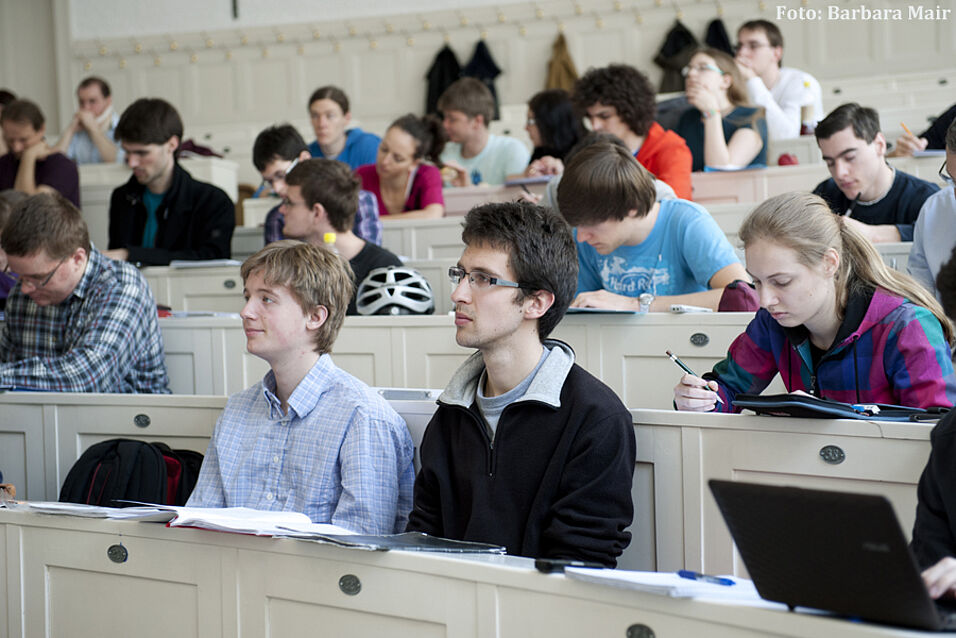“What could we do with layered structures with just the right layers? What would the properties of materials be if we could really arrange the atoms the way we want them?” asked Richard Feynman in his visionary lecture “There’s plenty of room at the bottom” back in 1959. In the light of a remarkable progress over the past few years, we are now on the verge of answering these questions. Many new two-dimensional (2D) crystals are being discovered every year. The family has grown very large including now materials of all kinds: metals, semiconductors, insulators, superconductors, ferromagnets. From the rich palette of 2D crystals, research groups around the world craft complex and colourful heterostructures. In the first part of the lecture, I will provide a fresh overview of the recent developments in the field of 2D materials and van der Waals heterostructures.
The concept of heterostructures based on atom- or molecule-thick crystals revealed numerous exciting physical phenomena – and I will go through some of them in the second part of the lecture. Lateral superlattices due to moiré periodicity of graphene aligned with boron nitride led to observation of elusive Hofstadter butterflies, to the detection of topological currents and to the discovery of novel quantum oscillations. The possibility of positioning crystals in very close but controlled proximity to one another enabled to study tunnelling. The use of semiconducting monolayers led to the creation of optically active heterostructures. Moreover, the new physics observed in van der Waals heterostructures allowed for a demonstration of vertical tunnelling transistors and diodes with negative differential conductance, photovoltaic devices, and even a nanometre-thick light-emitting diodes. The range of functionalities for the demonstrated heterostructures is expected to grow further on increasing the number of available 2D crystals and improving their electronic quality.
Artem Mishchenko (Manchester): Plenty of room for van der Waals heterostructures
Location:
Related Files

Foto: Barbara Mair
